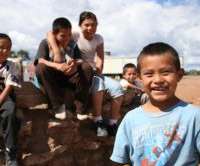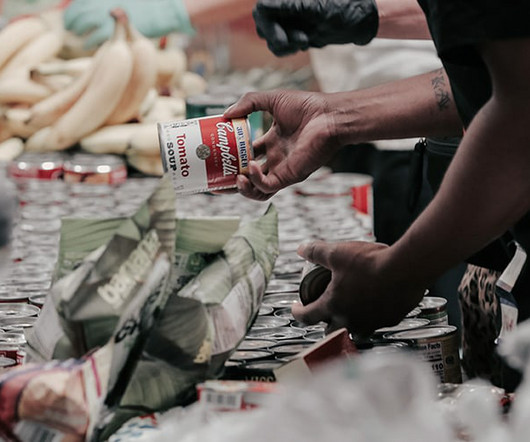Commitment to funding Native self-determination
Candid
JULY 14, 2022
We partner with hundreds of reservation-based programs, improving quality of life for 250,000 Native elders, families, and children each year. . PWNA provided $8,000 in disaster relief funding to heat the center so that Crow Creek tribal schoolteachers could tutor students. Building relationships for smarter grantmaking .












Let's personalize your content